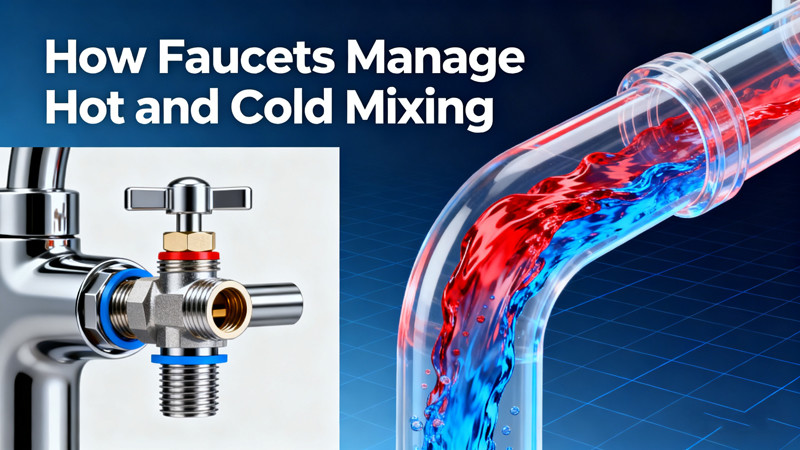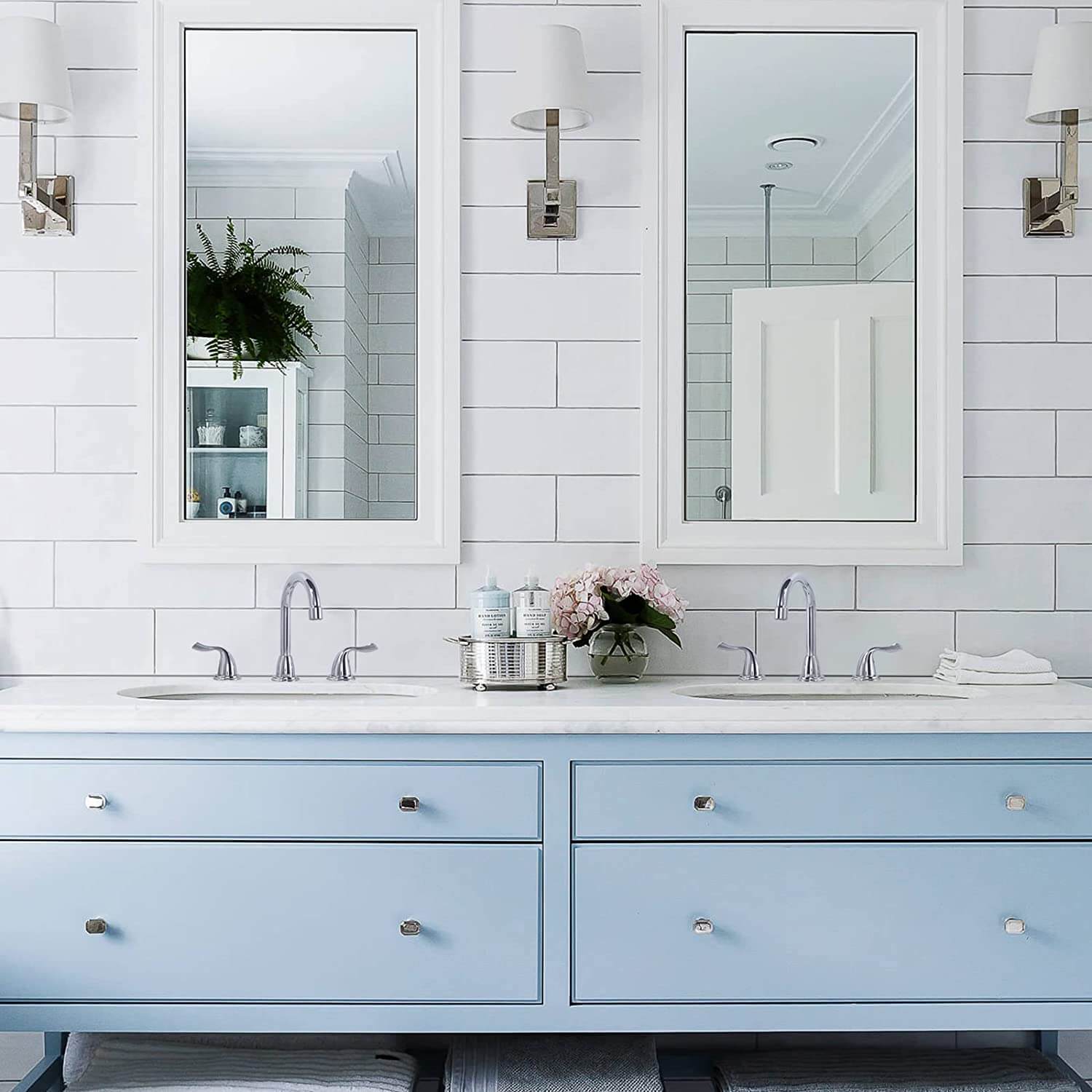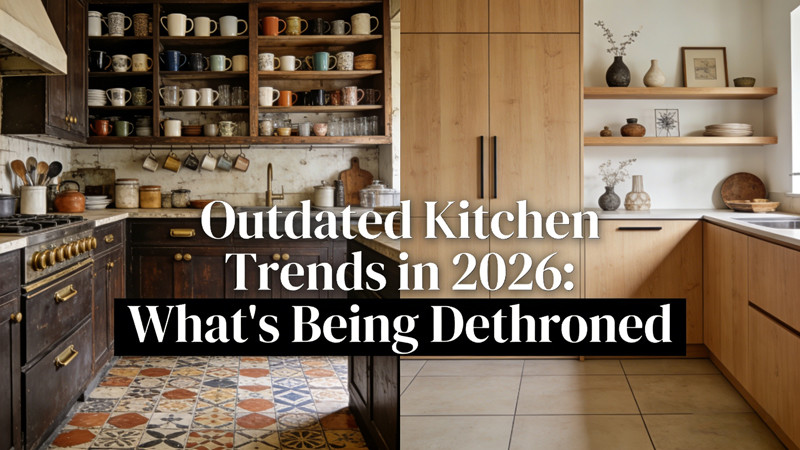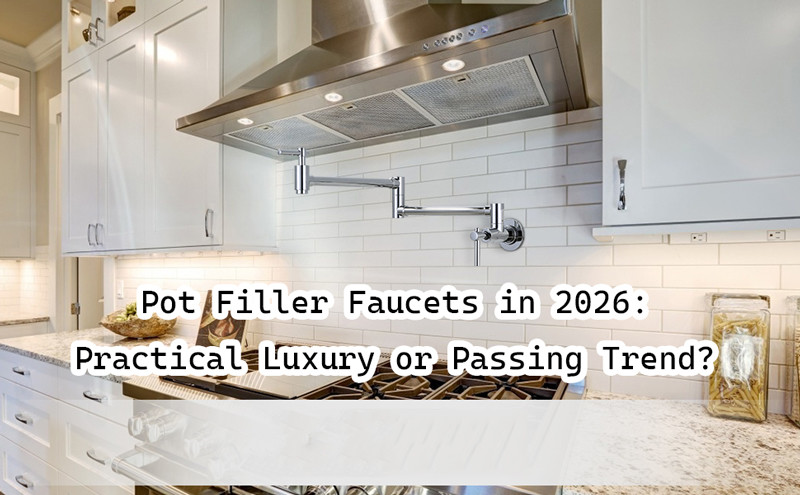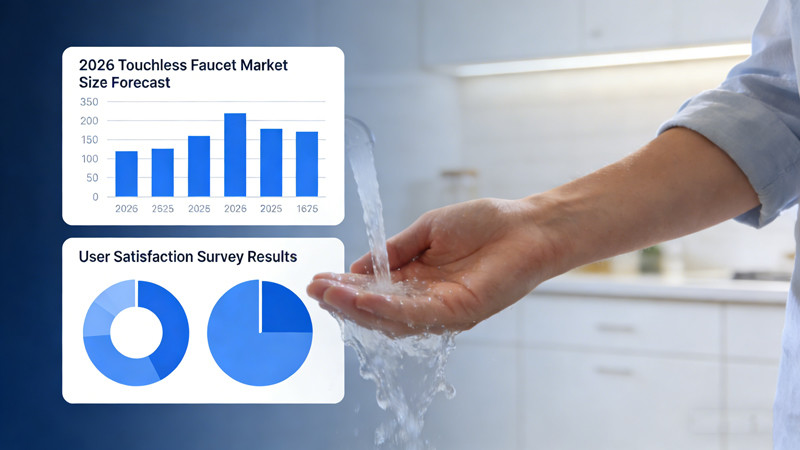When you turn on a faucet and effortlessly adjust the handle to get the perfect water temperature, it feels like a simple process. Behind the scenes, however, a lot of engineering and design goes into making that convenience possible. Faucets are more than just fixtures; they are precision tools that manage the mixing of hot and cold water with accuracy, safety, and efficiency.
Understanding how faucets mix hot and cold water not only helps you appreciate modern plumbing technology but also makes you a smarter homeowner when it comes to troubleshooting issues, choosing the right faucet, or maintaining your fixtures for long-lasting performance.
Why Hot and Cold Mixing Matters
At its core, a faucet’s job is to regulate water flow and temperature. Hot and cold mixing is critical for several reasons:
- Comfort: Nobody wants scalding hot or freezing cold water. Mixing ensures you can achieve the ideal temperature for washing, cooking, or bathing.
- Safety: Preventing sudden bursts of extreme hot water reduces the risk of burns, especially for children and the elderly.
- Efficiency: Good mixing saves water by reducing the time it takes to reach the right temperature.
- Convenience: Smooth mixing creates a consistent experience every time you use the faucet.
Without reliable mixing, everyday tasks like rinsing vegetables, washing hands, or showering would be frustrating and potentially unsafe.
The Basics of Faucet Mixing
Faucets are designed with internal mechanisms that combine hot and cold water streams before they exit through the spout. The key components that manage this process are:
- Valves or cartridges – These regulate how much hot and cold water enters the mixing chamber.
- Mixing chamber – An internal space where the two water supplies blend.
- Handle control – The external lever or knobs you use to adjust the ratio of hot to cold.
When you move the handle or turn the knobs, you’re changing how much water comes from each supply line, which alters the final temperature.
Types of Faucets and How They Mix Water
Different faucet designs achieve mixing in slightly different ways. Here are the main types you’ll encounter:
1. Compression Faucets
The oldest design, often found in older homes, uses two separate handles—one for hot and one for cold. You manually control the flow from each supply line, and the water mixes as it passes into the spout.
- Pros: Simple design, inexpensive.
- Cons: Less precise mixing, more prone to leaks due to washer wear.
2. Ball Faucets
Common in single-handle kitchen faucets, ball faucets use a rotating ball with chambers and slots. As you move the handle, the ball aligns openings to control the flow of hot and cold water.
- Pros: Good for quick adjustments, durable.
- Cons: Can wear out over time, leading to drips.
3. Cartridge Faucets
Cartridge faucets use a cylindrical cartridge with seals that regulate hot and cold water. Moving the handle adjusts the cartridge position, which changes how much water from each line enters the chamber.
- Pros: Smooth operation, reliable mixing, easy to replace.
- Cons: Cartridges vary by brand, so replacements must be exact.
4. Ceramic Disc Faucets
The most advanced design, ceramic disc faucets use two polished ceramic discs that slide against each other. When aligned, they allow hot and cold water to mix precisely in the chamber.
- Pros: Extremely durable, long-lasting, and highly resistant to leaks.
- Cons: Higher initial cost.
Temperature Balancing and Safety Features
Modern faucets don’t just mix water—they also include features that keep users safe.
Pressure-Balancing Valves
In showers and some sink faucets, pressure-balancing valves ensure that if water pressure changes (for example, someone flushes a toilet), the mix of hot and cold stays consistent. This prevents sudden bursts of very hot or cold water.
Thermostatic Valves
Thermostatic mixing valves go a step further by letting you set a specific temperature. They automatically adjust hot and cold ratios to maintain that temperature, regardless of changes in supply conditions. These are especially popular in high-end showers.
Common Issues with Hot and Cold Mixing
Even the best faucets can develop problems over time. Here are some mixing issues you might encounter:
- Inconsistent temperature: Often caused by worn valves or cartridges that no longer regulate flow properly.
- Scalding water: May result from a failed pressure-balancing valve or incorrect installation.
- Dripping or leaking: Usually due to worn washers, seals, or cartridges.
- Slow response to adjustments: Mineral buildup inside the valve or cartridge can restrict flow.
Fortunately, most of these problems can be resolved by cleaning, replacing worn parts, or upgrading to a modern faucet with better technology.
How to Maintain Faucet Mixing Performance
Regular maintenance helps keep hot and cold mixing reliable:
- Clean aerators: Sediment buildup in the aerator can affect flow and mixing balance.
- Flush the system: Run hot and cold water lines occasionally to clear out debris.
- Replace cartridges or valves: Don’t wait until mixing issues become severe—swap out worn parts early.
- Check supply lines: Make sure hot and cold connections are secure and not kinked.
- Inspect for leaks: Even small drips can signal valve wear that impacts mixing.
Choosing the Right Faucet for Better Mixing
If you’re upgrading or remodeling, choosing the right faucet is key to reliable hot and cold mixing:
- For kitchens: Single-handle cartridge or ceramic disc faucets are convenient for quick adjustments.
- For bathrooms: Pressure-balancing faucets provide safety for family use.
- For showers: Thermostatic valves offer the best comfort and precision.
- For longevity: Ceramic disc valves are worth the investment for years of smooth operation.
The Future of Faucet Mixing
Technology continues to improve how faucets handle mixing. Touchless faucets now integrate sensors with thermostatic controls, delivering water at preset temperatures. Smart faucets even let you program temperature and flow using voice commands or smartphone apps.
These innovations are designed to enhance comfort, save water, and provide greater safety in homes and commercial spaces.
Conclusion
Faucets may look simple, but their ability to mix hot and cold water seamlessly is the result of carefully engineered valves, cartridges, and safety mechanisms. Whether it’s a basic compression faucet or a high-tech thermostatic model, the way your faucet manages water mixing directly impacts comfort, safety, efficiency, and overall performance.
By understanding how faucets mix hot and cold water—and by maintaining or upgrading your fixtures when necessary—you can enjoy a smoother, safer, and more efficient experience every time you turn on the tap.
 WOWOW Faucets
WOWOW Faucets